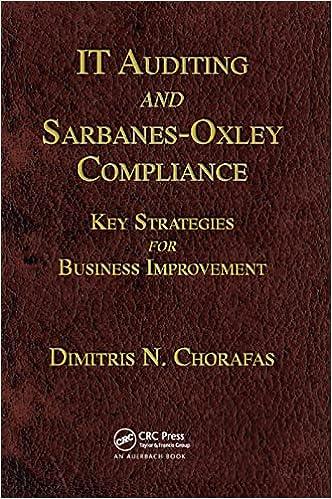
(15\%) In this question, we introduce income tax into the model of labor supply. M denotes the before-tax income level and T is total amount of tax payment. m denotes the after-tax income level, so that m=MT. The income level m we have been using in the consumer theory is the total budget the household may spend on the goods. So m corresponds to the after-tax income level in a setting with taxation. Marginal tax rate is the fraction of each additional dollar of income collected as tax, MT. Do not confuse marginal tax rate with the average tax rate, MT, the fraction of income collected as tax. We consider a progressive income tax regime which the marginal tax rate is weakly increasing in the household's income. The marginal income tax rate is 10% on the first 1000 dollars earned. After the first 1000 dollars, the marginal income tax rate becomes 20% for each additional dollar earned. For example, a household pays $80 tax if her income is $800. If her income is $1200, her tax payment is 0.11000+ 0.2200=140 as the last $200 is subject to the marginal tax rate of 20%. We now look at the budget set in the labor supply model. Assume there are only two goods. Good 1 is leisure while good 2 is all other physical goods. The household is endowed with one unit of time, which she allocates between working h and leisure time x1. The wage rate per unit of time is $2000. For example the household's wage income is $800 in total if she works 0.4 unit of time. The price of good 2 is $5. Explain why the household's budget constraint can be written as 5x21800h5x21600h+100ifh0.5ifh>0.5 Let LEISURE be the horizontal axis and physical goods be the vertical axis. Plot the household's budget set under the progressive income tax. (15\%) In this question, we introduce income tax into the model of labor supply. M denotes the before-tax income level and T is total amount of tax payment. m denotes the after-tax income level, so that m=MT. The income level m we have been using in the consumer theory is the total budget the household may spend on the goods. So m corresponds to the after-tax income level in a setting with taxation. Marginal tax rate is the fraction of each additional dollar of income collected as tax, MT. Do not confuse marginal tax rate with the average tax rate, MT, the fraction of income collected as tax. We consider a progressive income tax regime which the marginal tax rate is weakly increasing in the household's income. The marginal income tax rate is 10% on the first 1000 dollars earned. After the first 1000 dollars, the marginal income tax rate becomes 20% for each additional dollar earned. For example, a household pays $80 tax if her income is $800. If her income is $1200, her tax payment is 0.11000+ 0.2200=140 as the last $200 is subject to the marginal tax rate of 20%. We now look at the budget set in the labor supply model. Assume there are only two goods. Good 1 is leisure while good 2 is all other physical goods. The household is endowed with one unit of time, which she allocates between working h and leisure time x1. The wage rate per unit of time is $2000. For example the household's wage income is $800 in total if she works 0.4 unit of time. The price of good 2 is $5. Explain why the household's budget constraint can be written as 5x21800h5x21600h+100ifh0.5ifh>0.5 Let LEISURE be the horizontal axis and physical goods be the vertical axis. Plot the household's budget set under the progressive income tax







